HK STEM CLUB
Kittenbot KOI 2 AI Camera
Kittenbot KOI 2 AI Camera
Couldn't load pickup availability
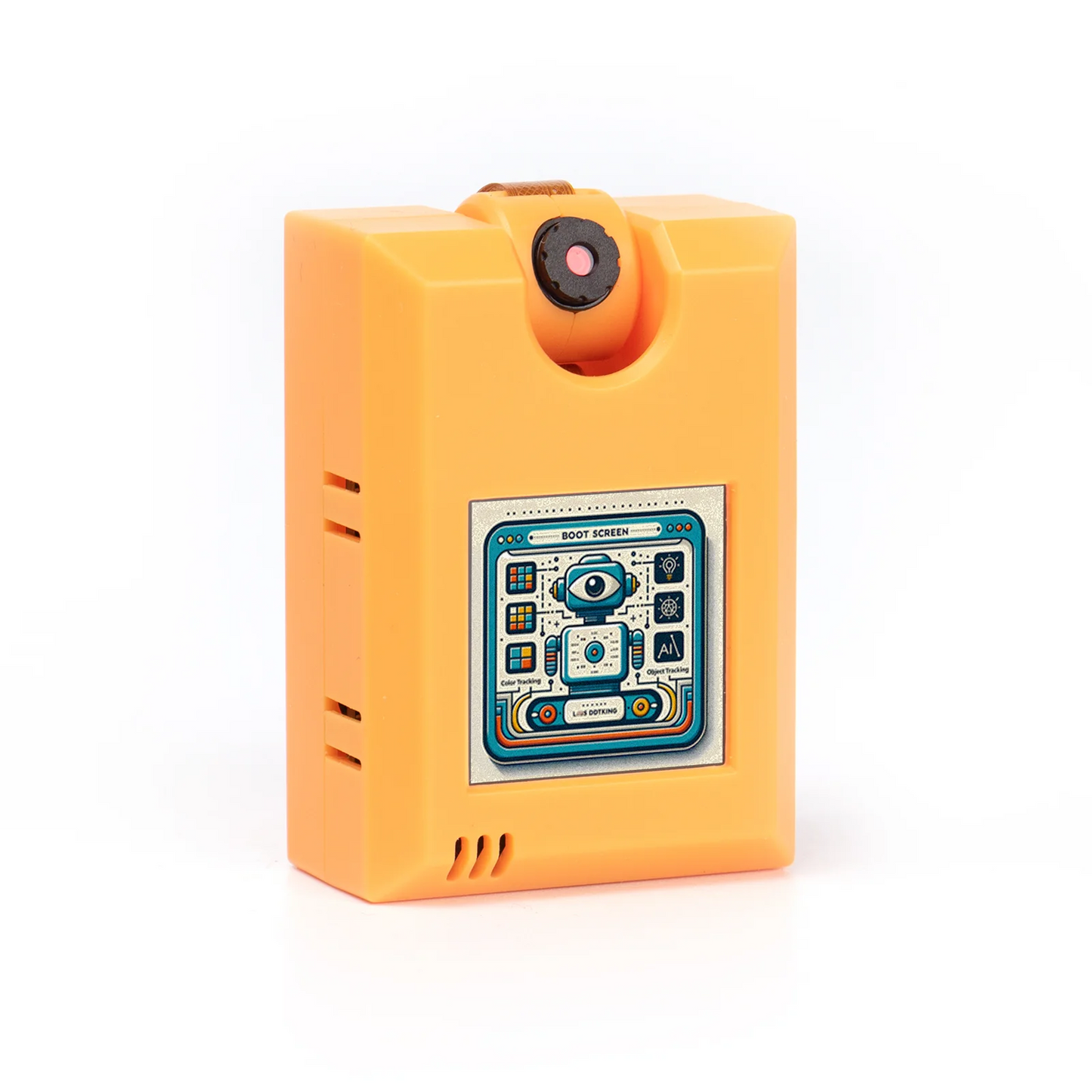
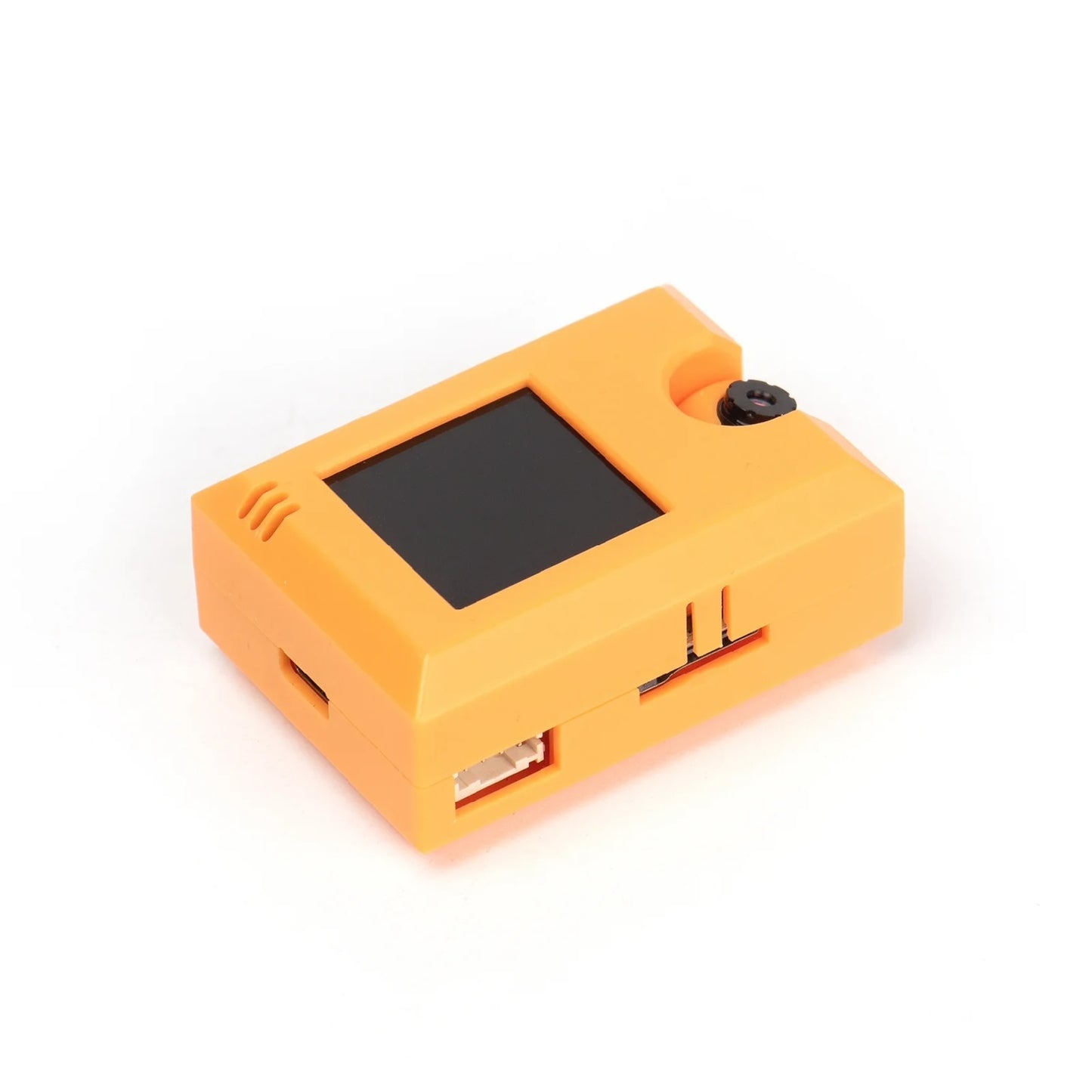
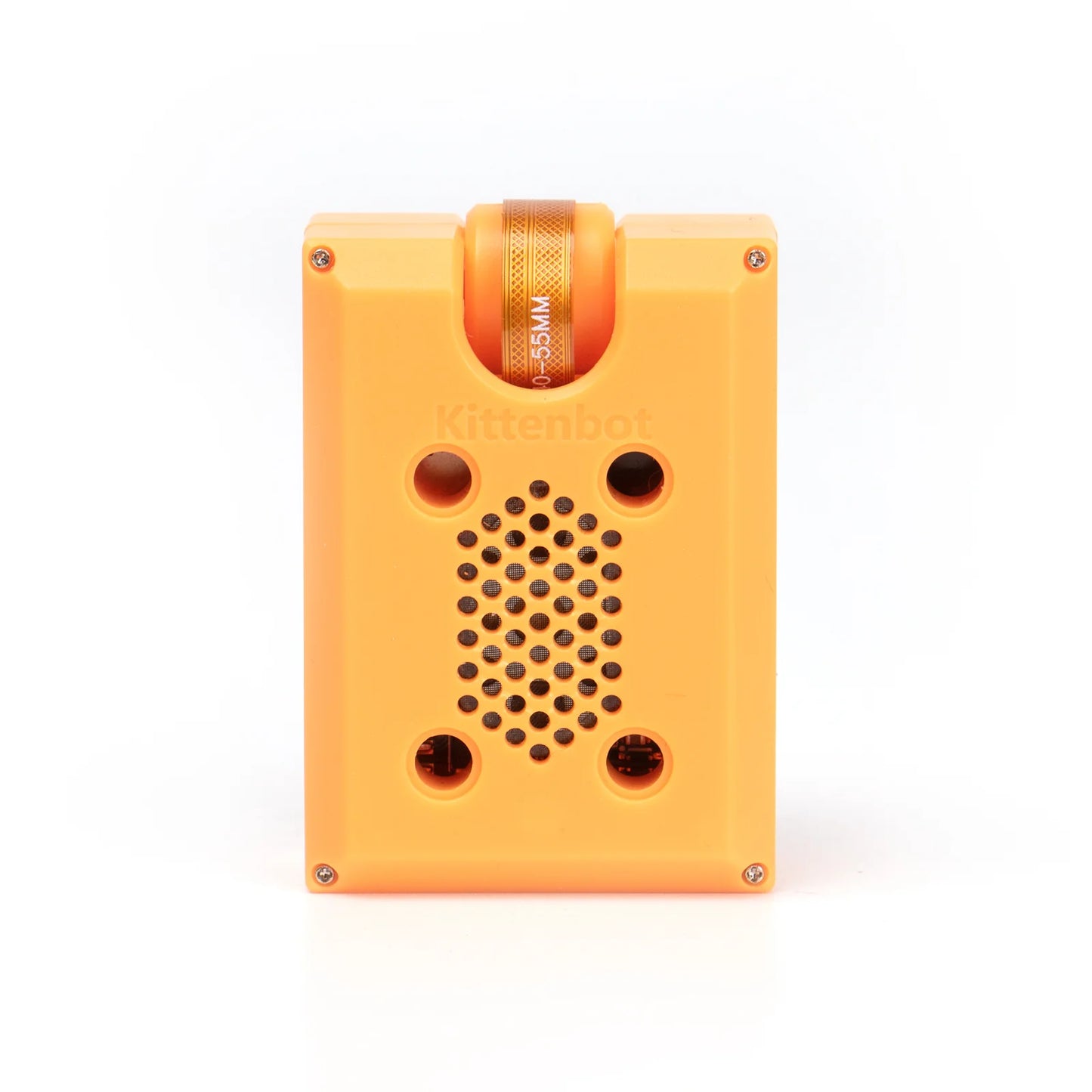
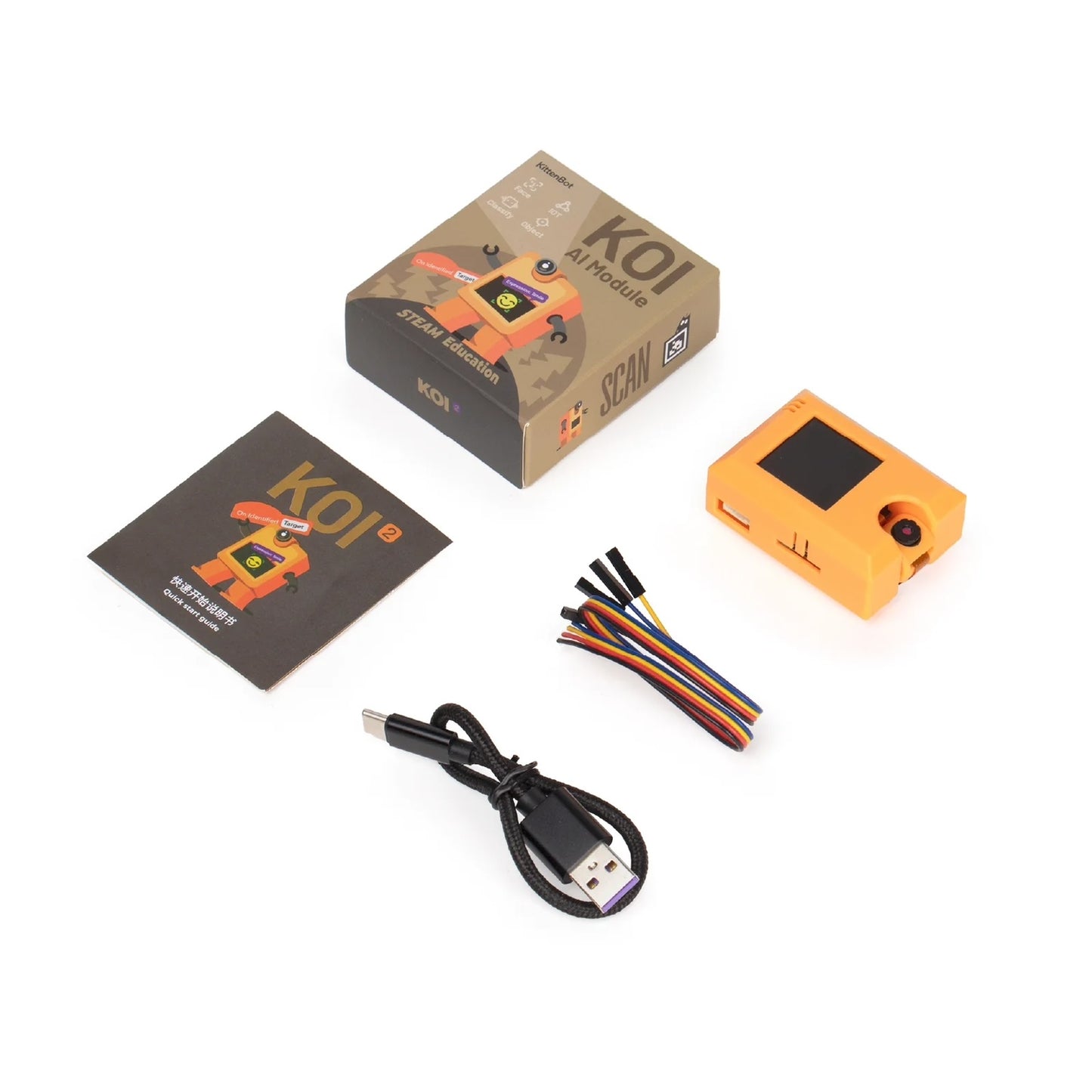
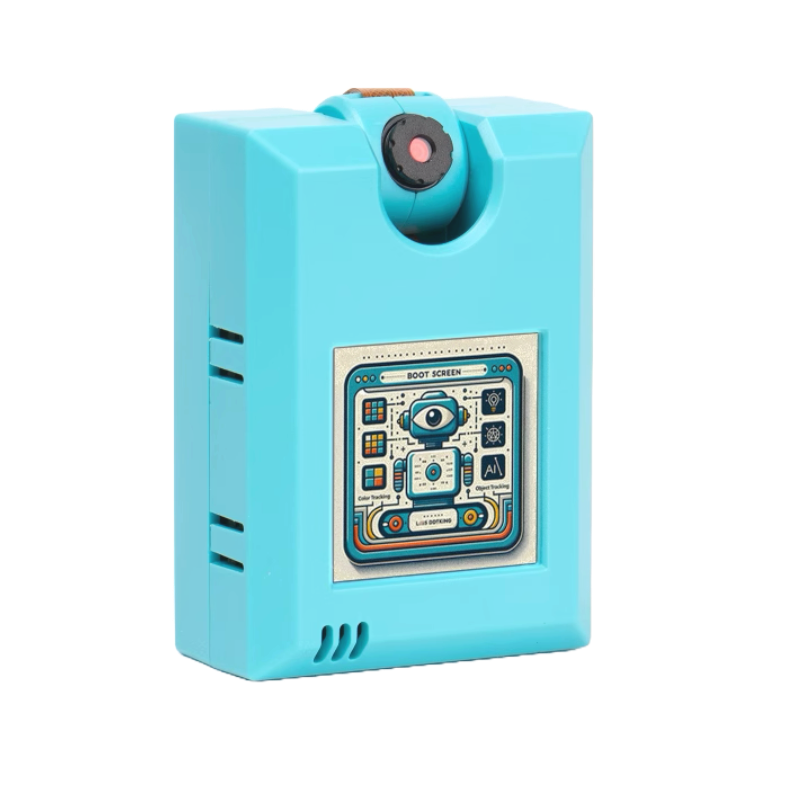

KOI 2 Introduction
Kittenbot launched the KOI 2 AI camera in the second quarter of 2024, aiming to enhance the convenience and stability of educational applications. KOI 2 has been fully optimized and designed specifically for AI education in classrooms, providing efficient graphical programming capabilities that allow students to easily grasp and quickly understand the core concepts of artificial intelligence. This new product continues the excellent tradition of KOI 1 and has significantly improved in various aspects, making it an indispensable part of AI education.
KOI 2 is an offline AI module designed for primary and secondary schools and enthusiasts, equipped with a camera, microphone, speaker, IPS screen, and WiFi module. It can achieve various visual recognition and IoT functions. The built-in WiFi function allows works to easily connect to the cloud and various IoT platforms, providing a comprehensive AI learning experience. This feature enables students to conduct real-time data transmission and processing in the classroom, further enhancing the interactivity and practicality of learning.
Main Feature Enhancements
- Image Recognition: Supports more sample numbers, adds similarity value function, models can be directly stored in memory, improving the efficiency and accuracy of image processing. This allows students to more accurately recognize and classify images during image recognition experiments, enhancing learning outcomes.
- Face Detection: Can detect mask-wearing conditions and facial attributes (gender, glasses, expression), which is especially practical in the current pandemic context, allowing students to learn more about the applications and challenges of facial recognition technology.
- Preloaded Object Tracking: Includes number cards, road sign cards, three-color ball models, and 20 common object recognition models, significantly improving tracking accuracy and speed. This allows students to conduct object recognition and tracking experiments more accurately, enhancing their understanding of object tracking technology.
- Line Tracking: Improved speed and accuracy, providing a more precise tracking experience, suitable for various programming challenges and competitions. This makes it easier for students to complete various programming tasks, increasing the fun and challenge of programming learning.
Technical Specifications
- Processor: K210, equipped with powerful AI computing capabilities, capable of efficiently handling various AI tasks.
- Supported Controllers: Microbit, Future Board, Arduino series, allowing users to flexibly choose different control platforms to meet different teaching and experimental needs.
- Display: 1.3-inch 240x240 IPS screen, clear display effects, allowing students to observe experimental results more intuitively.
- Camera: 640x480 RGB, providing high-quality image capture, ensuring the accuracy of image recognition.
- Audio Input/Output: Mono 48k sampling rate output, 8k sampling rate microphone input, suitable for audio processing and analysis, enabling students to conduct voice recognition and processing experiments.
- SD Card Slot: Supports TF card, used for storing AI models and audio-visual resources, expanding storage space to meet various teaching needs.
- Wireless Communication: WiFi based on ESP32, ensuring stable wireless connection, allowing students to perform remote data transmission and processing.
- Data Output: UART / USB, providing flexible data transmission methods, facilitating data reading and storage.
- Input Buttons: 2 programmable buttons, allowing users to customize functions, increasing the flexibility and fun of experiments.
- Memory Card Support: 16 GB, sufficient storage space to store a large amount of data and models.
- Power Supply Voltage: 5V, convenient power supply design, adaptable to various teaching scenarios.
- Supported Programming Environments: Kittenblock, Makecode, Micropython, ObjectBlocks, providing a variety of programming environment choices suitable for users of different levels, allowing students to transition from simple graphical programming to complex text programming.
Differences Between KOI and KOI 2 Appearance
- Case Color: KOI 1 is sky blue, KOI 2 is orange, with brighter colors for easier identification, allowing students to quickly find their devices in the classroom.
- Power Interface: KOI uses micro USB, KOI 2 uses Type C, enhancing the convenience of charging and data transmission, in line with modern device standards.
KOI 2 offers a variety of functions suitable for primary and secondary school teaching, enthusiasts, and advanced users familiar with Makecode or Kittenblock, providing strong support for AI education and creative projects. Its optimized design and powerful functions make KOI 2 an ideal tool for AI education, helping students explore and master artificial intelligence technology. Whether beginners or advanced users, everyone can benefit from it, improving their programming skills and creativity.






